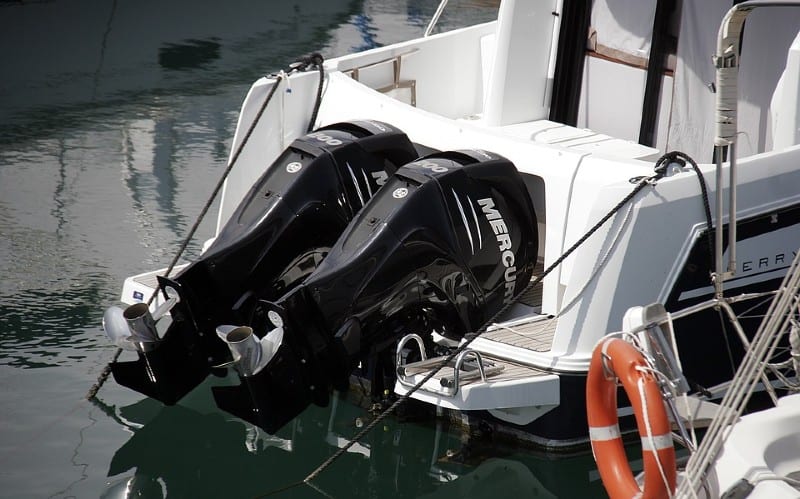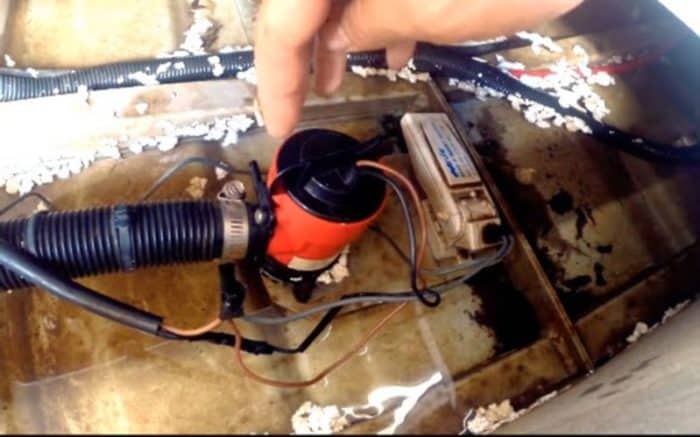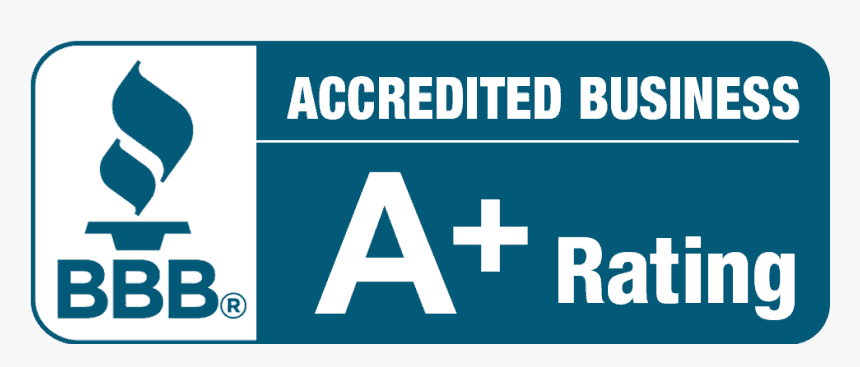All About Fuel and Your Boat
Choosing the right boat fuel for your boat takes some effort. It’s not as simple as rolling up to the gas station and filling your tank. The environmental protection agency has certain requirements for boat fuel. This includes rules about hydrocarbon emissions.
You need to know what kind of fuel your boat engine takes. That means diesel fuel or regular fuel. The percent ethanol in your fuel as well as any fuel additives. What is the octane level? Does it include a fuel stabilizer?
Knowing what marine fuel meets your boat specifications and requirements is important. Let’s take a look at what kind of boat fuels are available. Also how much you should have on hand for your boat.
What is the Right Fuel for Your Fuel System?
Choosing the right fuel for your marine engine means understanding your marine engine. Not all boat engines are the same, after all. That includes whether you have an outboard, inboard or sterndrive.
The most important tool for determining the fuel for your boat engine is your owner’s manual. This will explain clearly the volume of your fuel tank. Also what fuel will work best. How much ethanol your fuel can contain and also what ethanol blended fuels will work.
Nearly every boat on the water today is designed to run with e10 fuel. That means the boat engine will operate with fuel of no more than 10% ethanol. If your boat does not run on e10 fuel then there’s a good chance it’s a very old engine. If your engine is designed for e10 fuel, it must use e10 fuel. There are other ethanol blended fuels out there. Ethanol can make up a little or a lot of a fuel. You can find fuels like e15 that are 15% ethanol all the way up to e85 and even 100% ethanol. That would just be pure alcohol.
Your fuel tank is designed for efficiency. If your fuel tank says e10, don’t risk anything other than e10. They may technically work, but there are other reasons to stick with e10 fuel we’ll get into later as well.
An e10 fuel engine cannot run properly on any other ethanol blend. Not without potentially causing damage. Many pumps offer e15 as well as e10. Read labels carefully, just in case.
What is Ethanol Fuel?
Ethanol is made from biomass, which means vegetable matter. It is ethyl alcohol which means it is chemically the same as what you find in drinks. Ethanol blended fuels allow gasoline to burn more efficiently. It oxygenates the fuel mixture. That means ethanol fuels burn more cleanly as well.
The reason ethanol content needs to be limited is because it has drawbacks. Ethanol can be corrosive. It will also dry out rubber components. It is also hygroscopic which means it absorbs water. That can cause internal corrosion in engines. Again, this is why you never want to use something other than an e10 fuel in your boat engine. Your fuel system could suffer as a result.
What Happens if You Use The Wrong Fuel?
It looks like e15 may soon become the standard for fuel. That’s not just marine fuel but automotive as well. If an engine is designed for e10 fuel, what does that mean? The EPA has approved e15 for use in most cars made since 2001.
Fuel rated as e15 has a higher octane than 10% ethanol e10 fuel. That can potentially mean increased performance. But is it dangerous? Most modern engines are more than capable of handling e15 fuel in place of e10. It shouldn’t cause any problems with performance at all. But there is cause to be wary of switching from e10.
Concerns that e15 may lead to corrosion are probably unfounded. That’s because most engines are made with upgraded components. These are able to withstand e15 fuel better. That said, warranty issues are likely your big concern for straying from e10.
It’s possible that, if your engine was not designed for e15, it could be a problem. If something breaks or fails, e15 may void your warranty. You’ll have to check with the manufacturer of your engine. Even if the fuel didn’t cause the problem, you may void the warranty, anyway. For that reason, it’s always best to stick with what the manual says.
A bigger concern is fueling a gasoline engine with diesel or a diesel engine with gasoline. These fuels are not remotely compatible. Either one can essentially shut down the wrong engine. A gas burning engine cannot burn diesel. You will need to completely clean the fuel system if this happens. Typically, that means calling a mechanic. The cost for cleaning your fuel system could be into the four figures.
If you put gas in a diesel engine, the problem could be worse. Because diesel fool has lubricant properties, it can cause additional damage. Again, you’ll need to have the fuel lines cleared. This can be costly and time-consuming. For that reason, you want to make sure you’re always reading labels carefully.
What is an Octane Rating?
Some owner’s manuals require a certain fuel octane rating. This is a measure of a fuel’s ability to resist knock. A higher octane rating means the fuel is better able to resist knock during combustion. Essentially it is a more “reliable” fuel. That said, it is not always necessary. Higher octane is usually reserved for higher performance. While it can improve performance somewhat, that’s not always true. Also it may be a negligible performance boost.
What are Marine Fuel Stabilizers?
Gasoline and diesel fuels have limited lifespans. In movies you’ll see people driving cars in a post-apocalyptic future. It’s as though gas lasted forever. This is not the way gasoline works. Gasoline only lasts for three to six months. Diesel may last a year. After that, the fuels begin to break down.
Fuel stabilizers can extend the shelf life of marine fuel. You need to use marine specific stabilizers, however. The directions must be followed exactly to get the right ratio of fuel to stabilizer. These stabilizers prevent oxidation. Also, phase separation. Phase separation is what happens when water enters the tank. It will mix with ethanol and sink to the bottom. Phase separation can cause engine knock and engine stalls.
If you have an older engine, stabilizers are very important. Fuel injection engines have sealed fuel systems. The fuel has no contact with air and will last longer. However, in a carbureted system, fuel is exposed to air. This can cause fuel breakdown in only a few weeks.
Since many boaters may leave a boat docked for weeks at a time, this can cause fuel issues. This will happen faster if you store your boat under a tarp. Or anywhere hot, for that matter. Make sure you are changing fuel regularly. Keep an eye out for phase separation and engine knock.
If you store fuel in a portable tank, make sure it is high quality. Look for ones made with ultraviolet inhibitors. These prevent destabilization. That in turn prevents fuel system damage and other fuel problems.
What About Marine Engine Oil?
Engine oil is something that is as important as your fuel choice. The right oil is key to ensuring your boat engine works properly. Again, your owner’s manual is going to tell you the right oil to use.
Expect that your oil will need to meet FW-C specifications. That means it has a rust protection component. This is different from automotive oil. It has a higher viscosity rating.
A two-stroke outboard requires different oil. In this case you will need oil that meets TW-C standards. Your manual can explain what you need. Always follow the correct standards for engine oil.
Marine diesel oil, also called MDO, is a diesel fuel and oil mix. It’s very much like diesel fuel but has a higher density. The formulation is typically used in the shipping industry. It’s not something you would use in a recreational craft.
How Much Fuel Do You Need?
Calculating the amount of fuel you need can be confusing. This heavily depends on your engine and plans. For instance, consider a 50 gallon tank of diesel feeding a 25 hp auxiliary engine. If it’s cruising at 80 percent of top speed, it could propel a 33 foot sailboat 300 miles at 7 knots in calm weather. However, if you have a twin engine 40 foot sportfisher, you will only go about 33 miles at 40 knots. If you wanted to travel 300 miles, you’d need 450 gallons of fuel!
Diesel engines consume about 1 gallon per hour for every 18 hp used. Some simple math can estimate the number of gallons consumed per hour. You need to multiply horsepower used by 0.055.
Gasoline four stroke inboard engines need about 1 gallon per hour for every 10 hp used. The number of gallons consumed per hour can be estimated by multiplying horsepower used by 0.100. An outboard two stroke may use quite a bit more.
An engine at cruising speed is NOT using maximum available horsepower. In fact, you are closer to ⅔ max. Most marine engines will run at 60% to 75% of max. Diesel will run at the higher end of the scale.
The kind of hull your boat has affects how it burns fuel. Planing hulls need more power than displacement hulls. A planing hull needs more fuel per mile. Plus the weight of the fuel affects planing ability. That means you need more fuel just to carry the fuel. So there is a lot to consider, including weight.
When it comes to keeping fuel on board, there is a standard rule of thumb. Calculate the fuel you are going to need. Have one third of fuel on board to get you where you are going. One third of fuel is needed to get you back again. The final third is there for an emergency.
What Does Marine Fuel Weigh?
To start understanding how your boat engine burns gas here are some quick numbers. This helps put your fuel system in perspective.
- Gasoline weighs about 6.1 pounds per gallon.
- Diesel weighs about 7.1 pounds per gallon.
- Gasoline and diesel engines use about 0.6 pound of fuel per horsepower per hour.
- On average, diesel fuel contains about 140,000 BTUs per gallon. That means about 10 percent more energy than the same volume of gasoline.
How Efficient is Your Fuel System?
Unfortunately, gasoline is not a highly efficient fuel. You are not getting 100% potential power out of each gallon. In fact, the numbers are surprisingly low. Here’s how your fuel breaks down in percentages of energy expended.
- 35 percent is lost to the atmosphere as heat
- 25 percent is lost as heat. Also as kinetic energy in the form of vibrations absorbed by surrounding water
- 10 percent is lost to overcome wave resistance
- 6 percent to overcome wave formation and prop wash against the hull
- 7 percent to overcome skin friction
- 2 percent is wasted in friction at the propeller shaft
- 1 percent to overcome air resistance
In the end, 13% to 14% of the energy produced by burning your fuel actually turns the propeller.
Boat Fueling Safety
One thing you need to always be aware of is fuel safety. A fuel leak can lead to a fire very quickly. Fumes are flammable and can easily build up in enclosed spaces. As part of your safety check before departing you need to always look for fuel leaks. Check the bilge with a sniff test. Check other closed compartments as well. Any place where fuel fumes could build up. If you smell fuel, search for the leak and let the compartments air out. Any leaks must be fixed before you head out.
When it comes time to fuel up, follow some simple safety procedures.
- Secure the boat first and foremost
- Turn off the engine
- Make sure any open flames have been extinguished. Obviously this means no smoking as well
- Keep electrical components turned off
- Close any ports, doors or hatches
- Have all passengers and crew get ashore
- If you are filling a portable can, do so off the boat. Keep it safe and stable until you have filled up. This can prevent spillage on the boat or in the water
- Choose your fuel and hold the nozzle firmly at the fill opening
- Be cautious when fueling. You don’t want to overfill and cause fuel to spill in the water
- If you do have any spillage, clean it up right away
- Once you’ve filled up, open all ports, hatches and doors for ventilation
- Turn on the blower and allow it to run for at least four minutes
- Now you can do the sniff test we mentioned earlier. There should be no sign of fuel smells. If you detect fuel, you likely have a spill or a leak
- Start the engine again
- Once you have the boat running, passengers and crew can get back on board
How to Handle Fuel Efficiency Issues
If you feel like your fuel system is not working optimally there may be reasons. Your fuel lines could have clogs or damage that needs to be repaired. There may be other issues you can address as well.
- Make sure you’re keeping your engine well tuned. Change the oil regularly and ensure everything is running smoothly. Ensure you are using the correct oil as well.
- Make sure you have the right equipment. If your engine is too small for your boat, efficiency will suffer. Likewise, check your propeller. Make sure it’s designed to handle the boat.
- Keep your boat clean. A dirty hull can increase drag and reduce speed and efficiency. Keep the hull clean.
- Drain water before you leave the dock. Keep the engine off when you are docked as well.
- Make sure weight is evenly distributed. An off-balance boat is harder to push through the water. Likewise, do not overload the boat. The engine has to work harder for every extra pound.
- Avoid unnecessary turns and maneuvers. This increases motor load and burns more fuel.
- Plane smoothly and quickly to start things off. Then throttle back to cruising speed.
- Use your trolling motor for minor changes when you’re fishing.
Always keep a spare fuel filter on board. A 10-micron water-separating fuel filter can keep your fuel system running smoothly. It will separate any water or contaminants. That ensures they do not affect your engine.
The Bottom Line
Part of being a responsible boater is understanding how your engine works. Know what fuel you need. And also how much. This can eliminate surprises in an emergency situation. Make sure you follow safety precautions when you fuel up. Avoid spills and boat responsibly.
Categories: nauticalknowhow
















1 Comment
Robert Hogward on December 20, 2021
The nature of a marine fuel stabilizer has made it a known and widely-used preventive marine fuel treatment. Thanks for a marvelous posting! I definitely enjoyed reading it, you may be a great author.